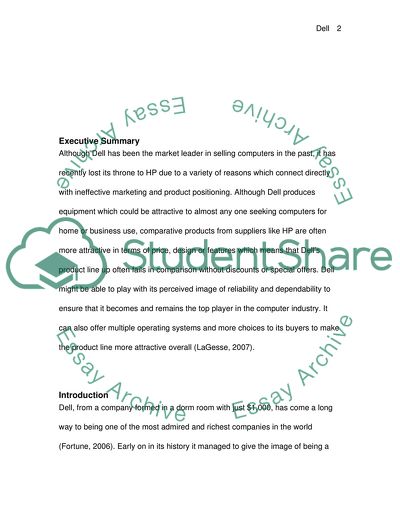Cite this document
(“Dell Essay Example | Topics and Well Written Essays - 3250 words”, n.d.)
Dell Essay Example | Topics and Well Written Essays - 3250 words. Retrieved from https://studentshare.org/marketing/1540397-dell
Dell Essay Example | Topics and Well Written Essays - 3250 words. Retrieved from https://studentshare.org/marketing/1540397-dell
(Dell Essay Example | Topics and Well Written Essays - 3250 Words)
Dell Essay Example | Topics and Well Written Essays - 3250 Words. https://studentshare.org/marketing/1540397-dell.
Dell Essay Example | Topics and Well Written Essays - 3250 Words. https://studentshare.org/marketing/1540397-dell.
“Dell Essay Example | Topics and Well Written Essays - 3250 Words”, n.d. https://studentshare.org/marketing/1540397-dell.


